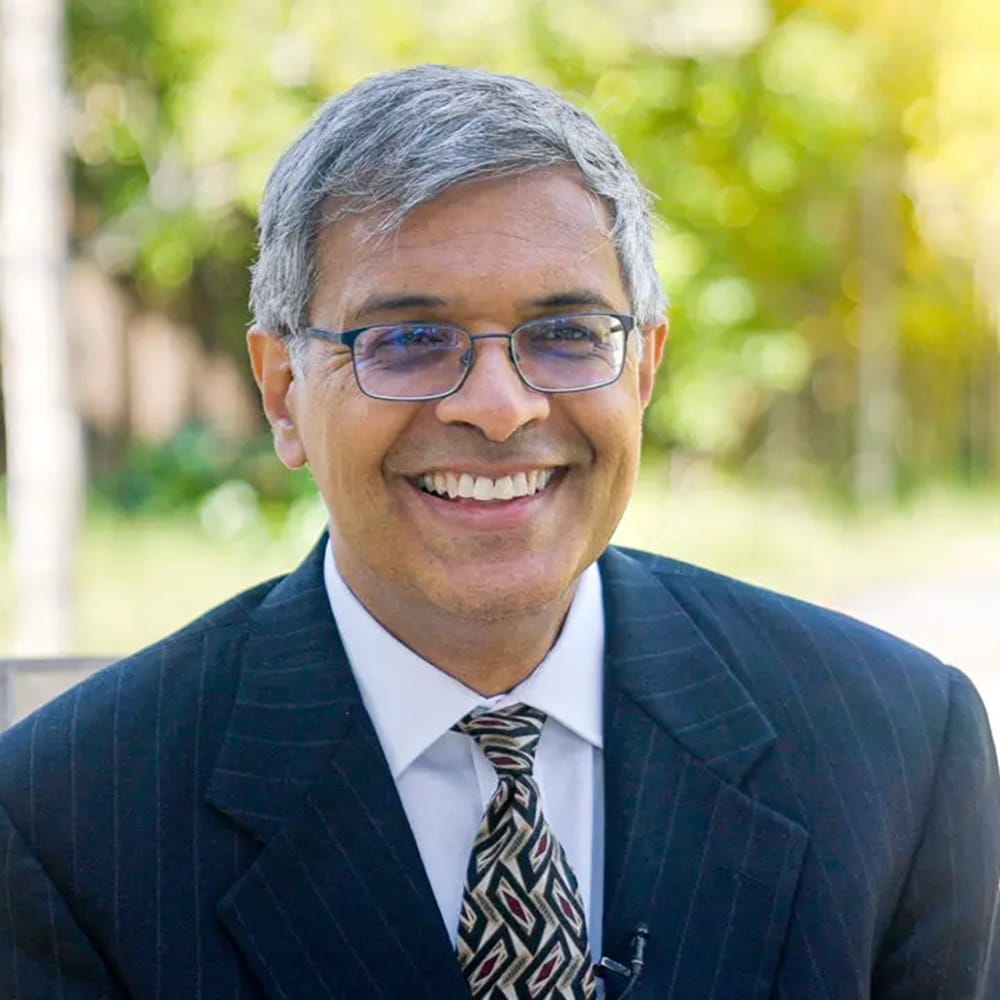A catastrophic misapplication of the precautionary principle is a good candidate for the single worst mistake made during the whole pandemic. The name “precautionary principle” itself suggests a sensible, if conservative, approach to managing risk in the face of uncertainty.
What should we do In the face of an impending danger such as the spread of a deadly virus through the world population when there is fundamental scientific uncertainty regarding a host of issues? The precautionary principle urges preventive action to mitigate the problem, even before scientists have resolved the key unknowns; but correctly applied should always weigh up the costs with the same degree of precaution applied to calculating the costs as is applied to mitigating the problem.
In putting the principle into practice, the difficulties immediately start. Scientific uncertainties are notoriously hard to resolve in advance of the time-consuming scientific work to resolve them. What did the precautionary principle say in March 2020 about, for instance, the infection fatality rate, modalities of disease spread, immunity after infection, and the correlates of disease severity?
The epidemiologists, scientists, and public health experts all spoke with one voice. We must assume the worst. To wit, we must act as if two or three out of a hundred infected people will die; the disease is spread primarily by droplets and on surfaces; there is no immunity after infection; and everyone, no matter what age, is equally at risk of hospitalization and death after infection. Nearly every one of these suppositions turned out wrong, but most scientists did not know that at the time.
Under these assumptions motivated by the precautionary principle, influential scientists and public health authorities everywhere banished all uncertainty and enacted lockdown policies that continue to this day. The tragedy is that as the worst suppositions about the virus turned out to be wrong, lockdown policies have still been enforced worldwide with ever greater rigour.
As certainly as night follows day, schools and playgrounds needed to close, restaurants forced out of business, churches, synagogues, and mosques shuttered, plexiglass installed, music and song silenced, people told not to hug their grandchildren, and so much else, or else millions would die from COVID. And as the rationale for precaution has evaporated, the costs have been summarily ignored.
The wide range of harms from the lockdown policies should have been considered by any responsible government as part of the precautionary policy.
The collateral effects of these restrictions – still being counted – including tens of millions of the world’s poor pushed to the brink of starvation and beyond, hundreds of thousands at risk from newly resurgent and untreated tuberculosis and HIV, psychological harms imposed on children and young people on a previously unimaginable scale, and of course, devastating worldwide economic damage.
A consistent application of the precautionary principle would have considered the possibility of such collateral lockdown harms, assuming the worst, as the principle dictates. Instead, in the panic of March 2020, influential scientists and public health officials advised policymakers to assume the best about these collateral harms. They adopted the implicit position that the lockdowns would be costless and that there was no other choice but to enforce lockdowns, at first for two weeks and then for as long as it might take to eliminate community disease spread.
Had policymakers assumed the worst about lockdowns as the precautionary principle dictated, they would have concluded that the principle is not particularly useful to help decide on the wisdom of lockdown. There was the potential for catastrophic harm on both sides of the lockdown policy and no way to compare the risks and consequences provided by the precautionary principle. Instead, policymakers might have looked to other, wiser risk management practices that have helped the world cope with previous epidemics much more successfully than we have with this one.
Influential scientists, journalists, and public health officials compounded the problem by militarizing the precautionary principle. On inappropriate moral grounds, they viciously attacked scientists who called for more investigation about epidemiological facts about the virus and economists who raised the possibility of economic collateral harm.
To their great shame, some scientists called for the censorship of scientific discussion about COVID and the de-platforming of prominent scientists who had reservations about the rush to lockdown or dared to question the assumptions underlying lockdown policies. This call to end scientific debate has helped undermine people’s trust in scientific institutions, scientific journalism, and public health agencies.
The damage will take years to repair.
A risk-free life is impossible, especially amid a pandemic – and undesirable. Every choice we face involves trading off one risk for another. Even something as simple as driving to work involves taking a risk – I may decide to walk and sacrifice time for the risk of driving, but my life may be the poorer for it. Just as we all must balance risks in every decision we make, policymakers must similarly trade one piece of uncertainty against another in their decisions, even when the stakes are as high as they have been during the COVID pandemic.
The precautionary principle can be a sensible guide – if (and only if) the costs of precaution are fully factored into the decision.
Whenever applied, the precautionary principle needs to be challenged and stand scrutiny, to help us make decisions when there is uncertainty, and the situation is in flux as is typical in a pandemic. These alternatives emphasize seeking new facts, being rigorously honest about the evidence, being open to being wrong, adjusting our actions as we come to understand more, and communicating with trust, not fear.
No simple principle will ever substitute for good judgment that derives from a robust debate that invites contributions from all corners into the public discussion.
Join the conversation:


Published under a Creative Commons Attribution 4.0 International License
For reprints, please set the canonical link back to the original Brownstone Institute Article and Author.









